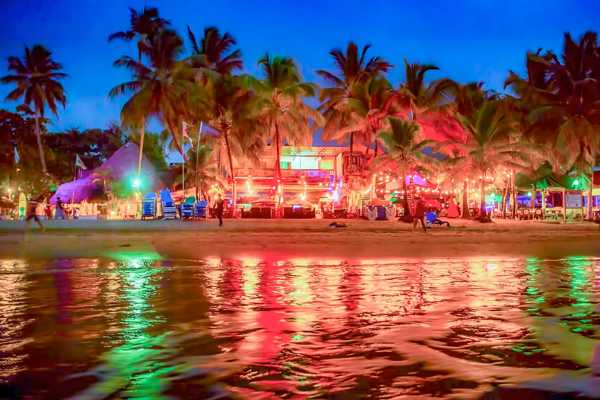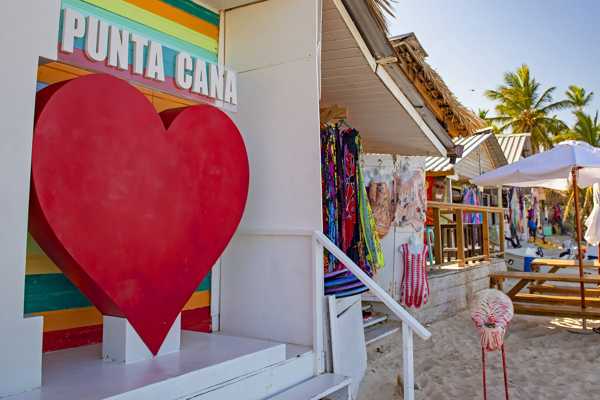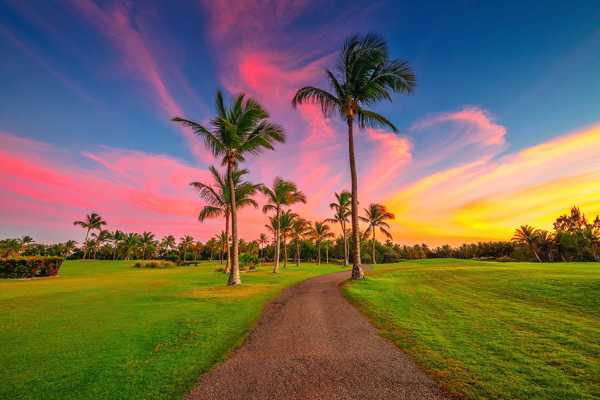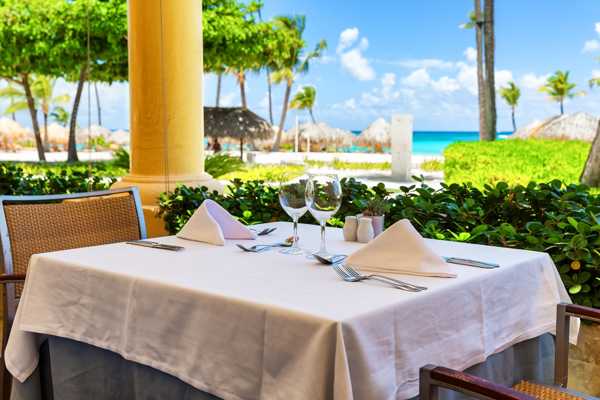Must-visit small towns in the Dominican Republic range from fishing communities on both the Atlantic and Caribbean coasts to scenic mountain villages akin to the Swiss Alps. That wonderful variety is made all possible due to the country’s amazing and eclectic landscapes.
Setting out on a road trip to these charming towns often requires some good planning, as they’re quite far and wide. This guide shows you all the cool spots and their features to help you set your itineraries. After checking these unique towns and villages out, you’ll find there’s more to the Dominican Republic than Punta Cana or Santo Domingo.
- 1
Las Terrenas
Charming beaches and fishing villages
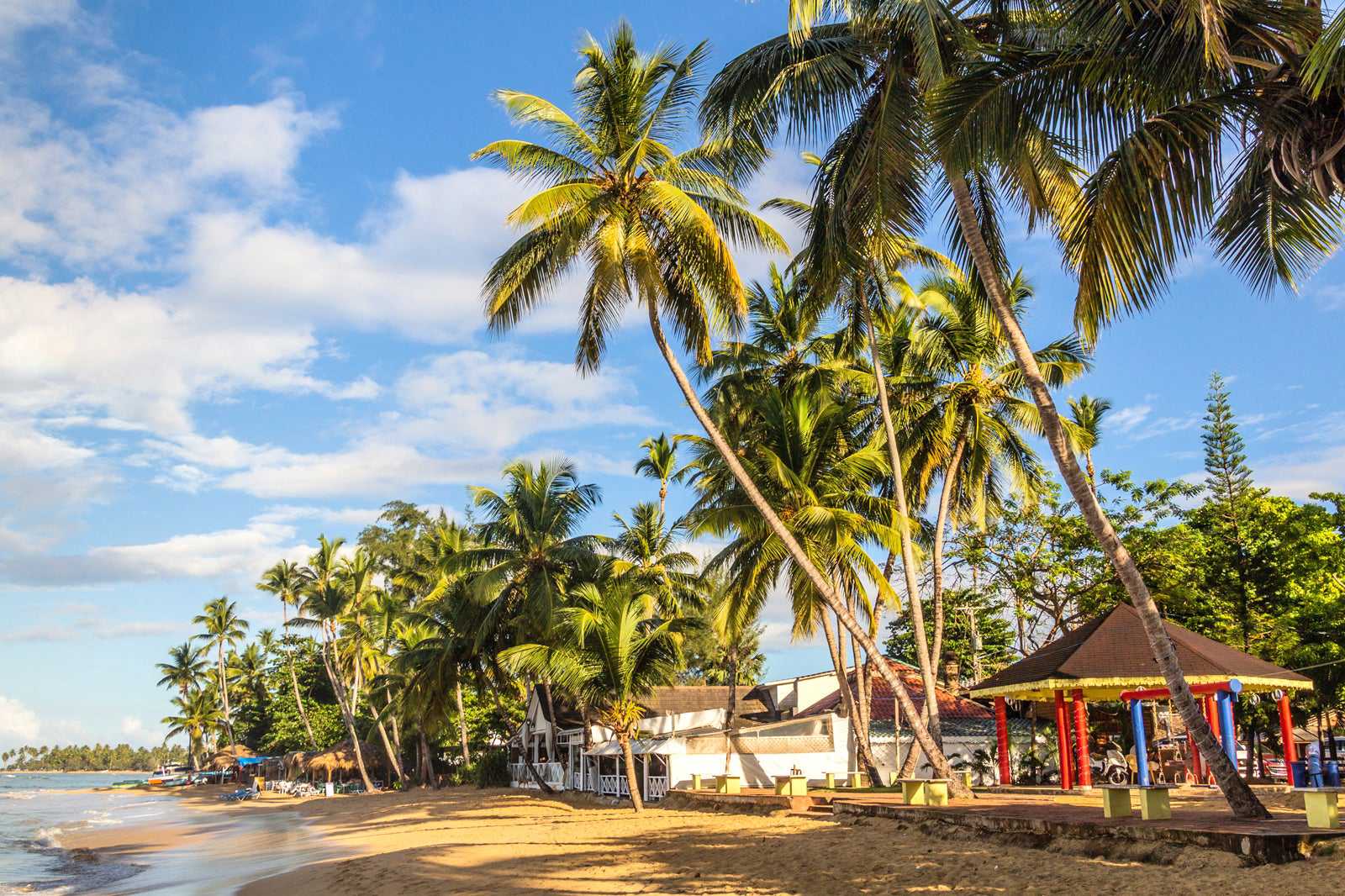
- Aventura
- Economía
- Familias
- Fotos
The resort town of Las Terrenas is a great getaway for relaxation or adventure with the splendid backdrop of the Samana Peninsula. A 2-hour drive north from the Dominican capital of Santo Domingo, Las Terrenas offers a great collection of beaches facing the waves of the North Atlantic, each with its own character.
First, there’s the wide and swimmable Playa Las Ballenas. To its west is the palm-fringed beach of Punta Bonita offering water sports and cafes and restaurants. Continue further west and you’ll find the long and sandy stretch of Playa de Marico. The tiny and central neighbourhood of Pueblo de los Pescadores offers plenty of seafront dining and entertainment.
Mapa - 2
Bayahibe
Sandy beaches and reef dives
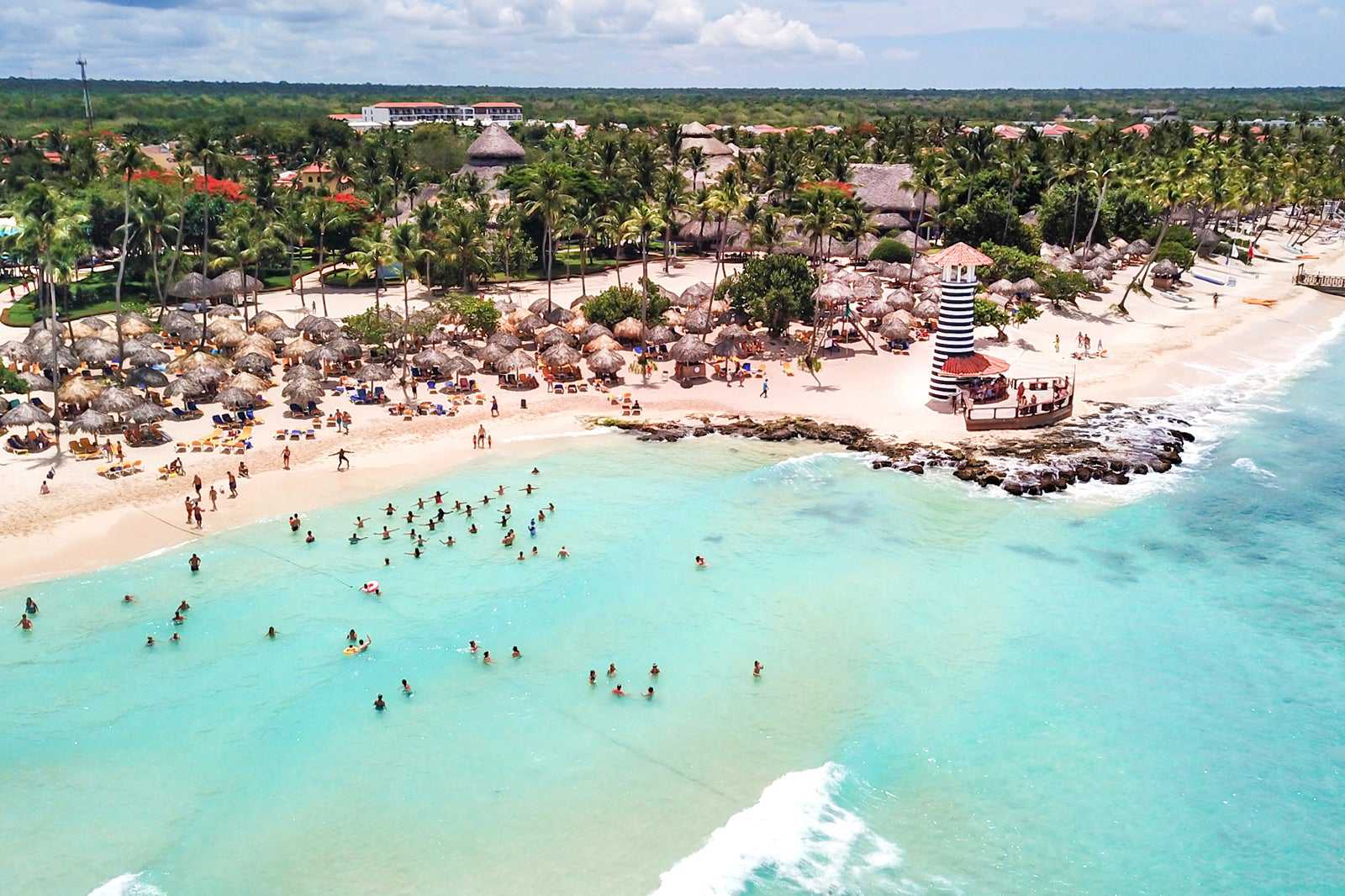
- Aventura
- Economía
- Familias
- Fotos
Bayahibe is a former rural fishing village on the southern coast of the Dominican Republic. It has a series of beaches facing the waves of the Caribbean. One of the village's most beautiful stretches of sand is Playa Dominicus, where you can hire a beach parasol and sun lounger, enjoy fish fry from nearby village stalls, or go snorkelling around beautiful reefs.
Inland, Bayahibe is surrounded by the forests of a nature preserve. You can go horseback riding at Rancho Bayahibe, or hike and explore some exotic caves at Padre Nuestro, nearby Cueva de Chico, and the easily accessible and ancient Taino rock art-filled Cueva del Puente in Cotubanamá National Park.
Mapa - 3
Altos de Chavón
A Mediterranean village by the Chavón River
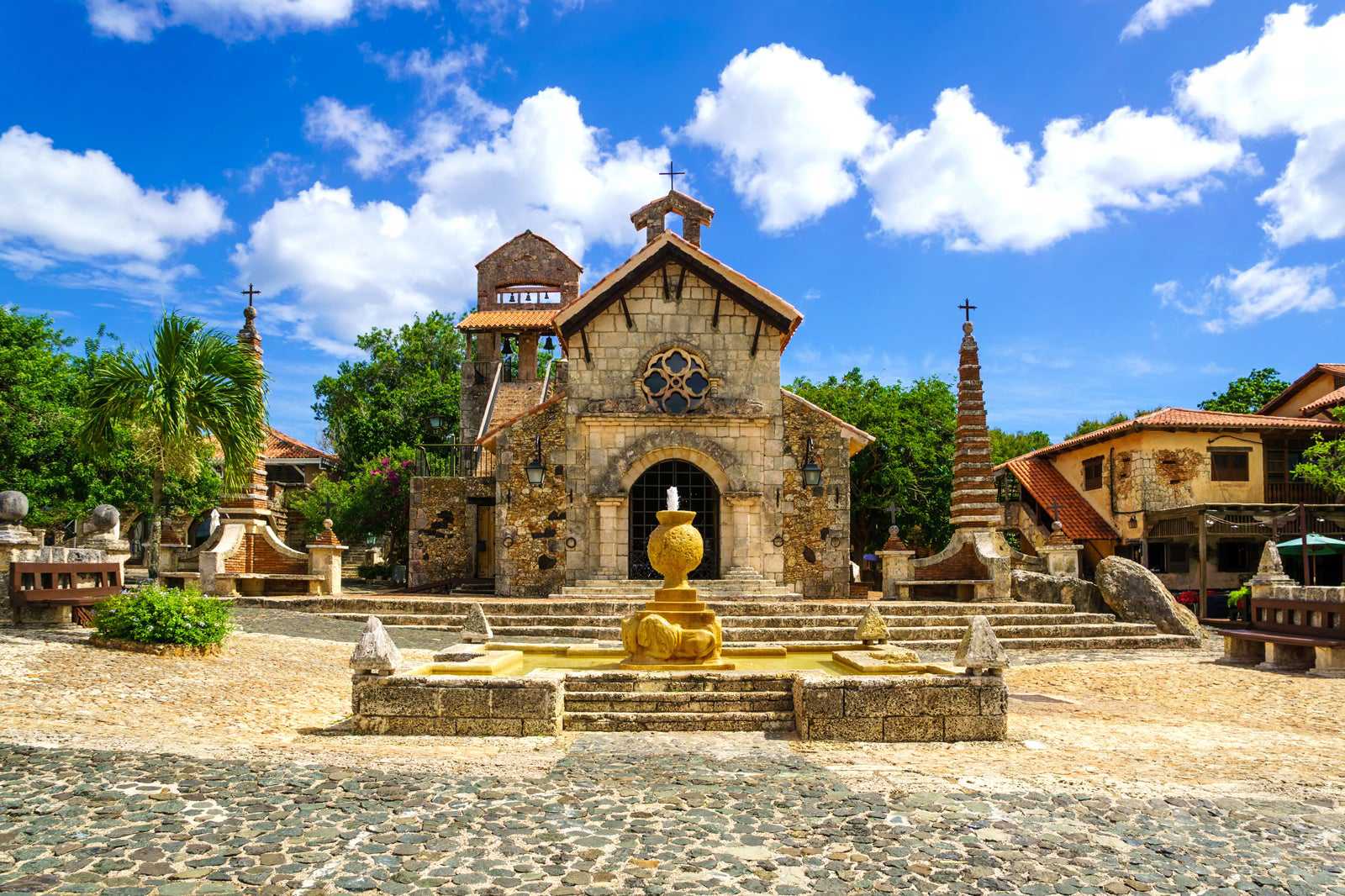
- Parejas
- Fotos
- Viajes diferentes
Altos de Chavón is a Mediterannean village perched above the Chavón River near the south coast of the Dominican Republic. It features a cultural centre, a museum, a Roman amphitheatre, and even a rustic church with a plaza and fountain. Although much of the village reminisces 16th-century Europe, it doesn’t date back to the period – it’s a meticulous re-creation.
The project started in the late ‘70s when a Dominican architect and an Italian master designer teamed up to create a dream artists’ village, comprising studios for artists of every medium, together with galleries and boutiques showcasing their works along charming cobblestoned streets. It has become a top attraction in the province of La Romana ever since.
Mapa - 4
Jarabacoa
Forest and waterfall hikes in the Dominican alps
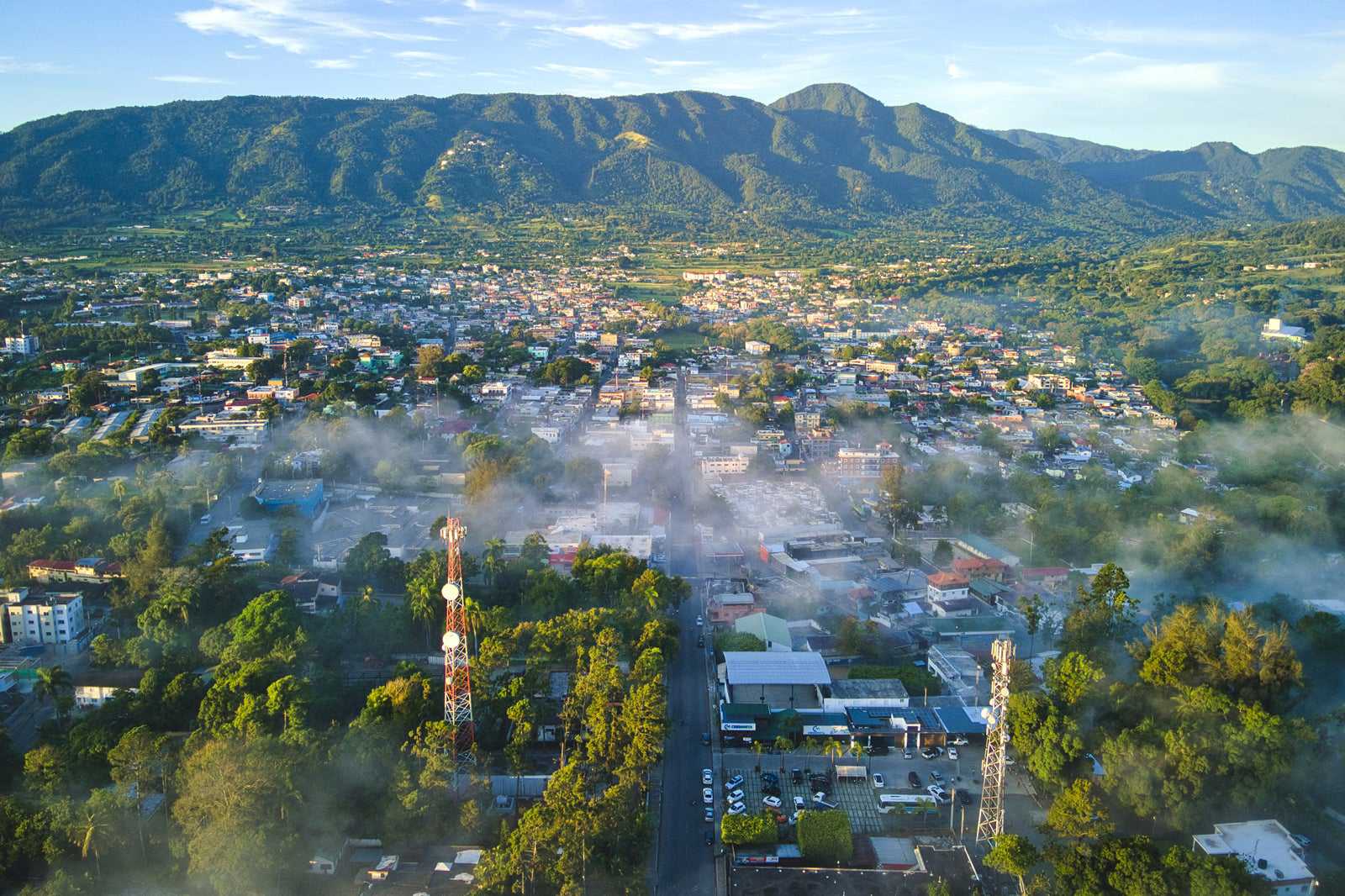
- Aventura
- Familias
- Fotos
Jarabacoa is a mountain town in the central highlands of the Dominican Republic. It draws hikers and nature lovers to its waterfalls and lush forests. Just on the fringes of town are several waterfalls in nature preserves, such as Salto Jimenoa and Salto de Baiguate.
There are pretty pockets of green right in the heart of Jarabacoa, like the Japanese Garden (Parque Japones). Go picnicking or horseback-riding along La Confluencia or head up to Rancho Jarabacoa, where you can go tandem paragliding and see the beauty of this Dominican town between mountains from above.
Mapa - 5
Mano Juan
The little gem of a fishing village on Saona Island
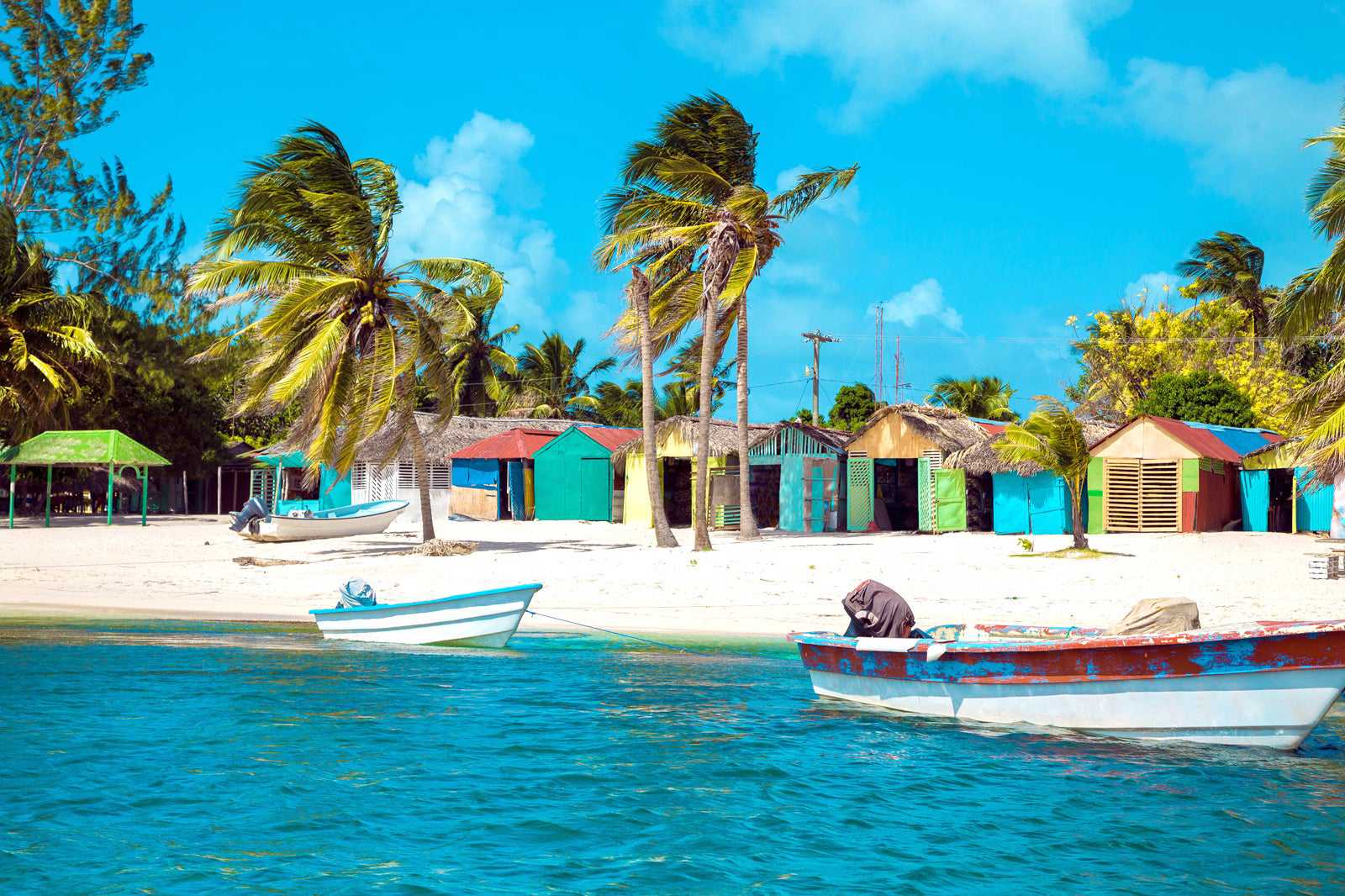
- Aventura
- Historia
- Fotos
The fishing village of Mano Juan (Pueblo de Pescadores Mano Juan) lies on the southwestern coast of Isla Saona, a popular day-trip island destination in the Dominican Republic. The villagers’ colourfully painted beach houses overlook the pristine, reef-sheltered stretch of white sand known as Playa Isla Saona.
The beaches of Mano Juan are also sea turtle nesting sites and the village cooperative carries out conservation efforts. A few other unique natural features you can check out on your visit to Mano Juan are its caves and springs, most of which were touched by ancient Taino culture.
Mapa - 6
Los Patos
A fishing village with a river and freshwater pool
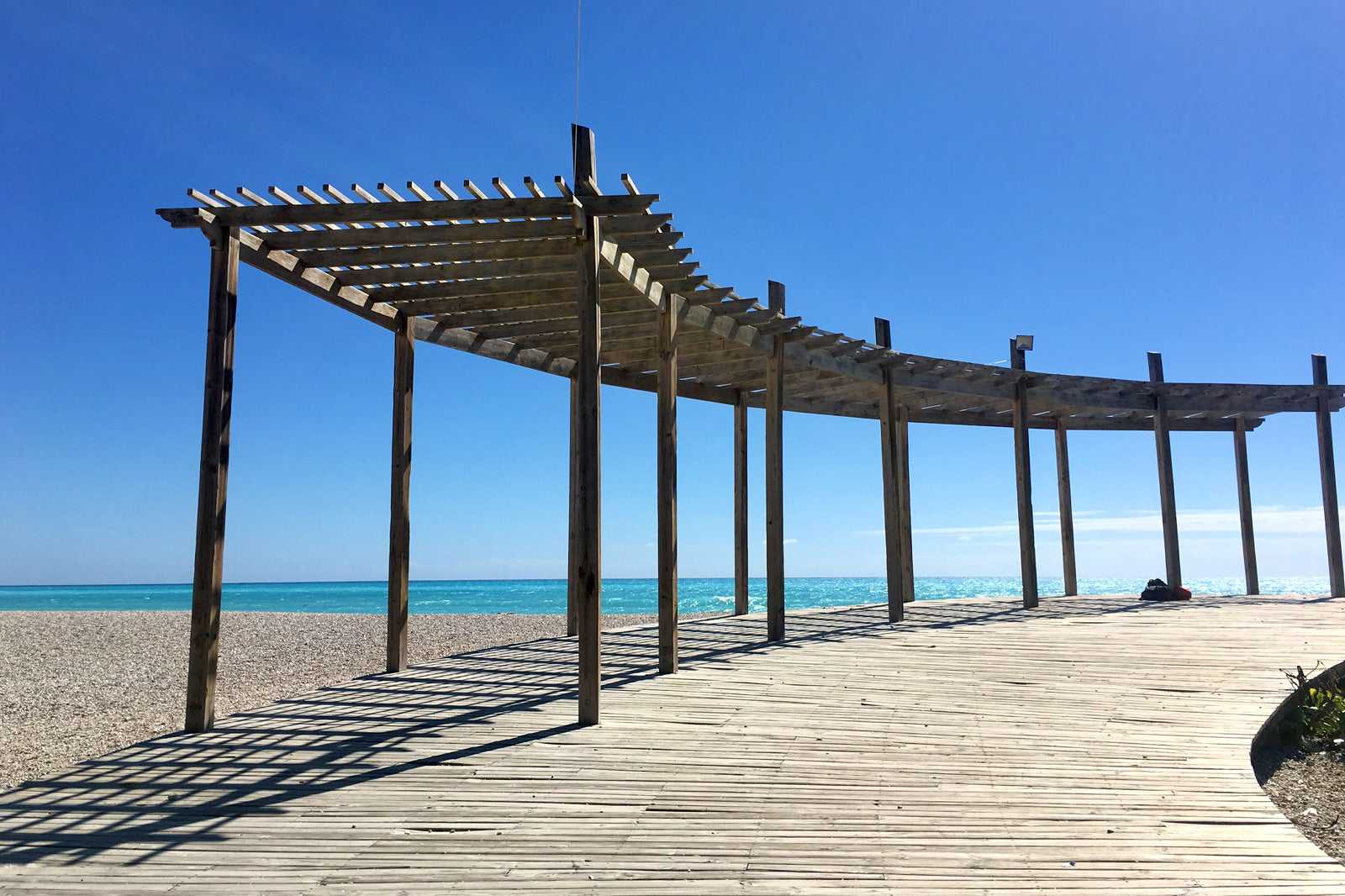
- Aventura
- Economía
- Familias
- Fotos
Los Patos is a small fishing village in the Barahona Province in the southwestern part of the Dominican Republic. It’s a 3-hour excursion from the capital, Santo Domingo and is known for its unique namesake river – at only 60 metres in length, it’s one of the world’s shortest rivers.
Its name translates to ‘duck river’, due to its large population of ducks in the distant past. The ducks have long gone and the cold and refreshing freshwater pools of Balneario Los Patos are here to stay. There are bars and restaurants nearby with the beach on the other side. The beach is pebbly but the waves are a great surfing playground due to the consistent swells.
Mapa - 7
Paraiso
A small coastal town between forested mountains

- Aventura
- Economía
- Familias
- Fotos
Paraíso is a small town hidden amid the green lush mountains of the Barahona Province, on the Dominican Republic’s southwestern coast. It has rivers that flow to meet the waters of the Caribbean, but with a section that forms a large, natural freshwater pool known as Balneario Los Pocitos that’s fun and refreshing to swim in.
Further south along the beach is the Malecón de Paraíso Beach Park (Parqué Turístico del Malecón), which is a great place for a stroll. Its lightly forested grounds open to a stretch of bright white sand, backed by a wide backdrop of Caribbean blue.
Mapa - 8
Constanza
Among the few places with snow in the Caribbean
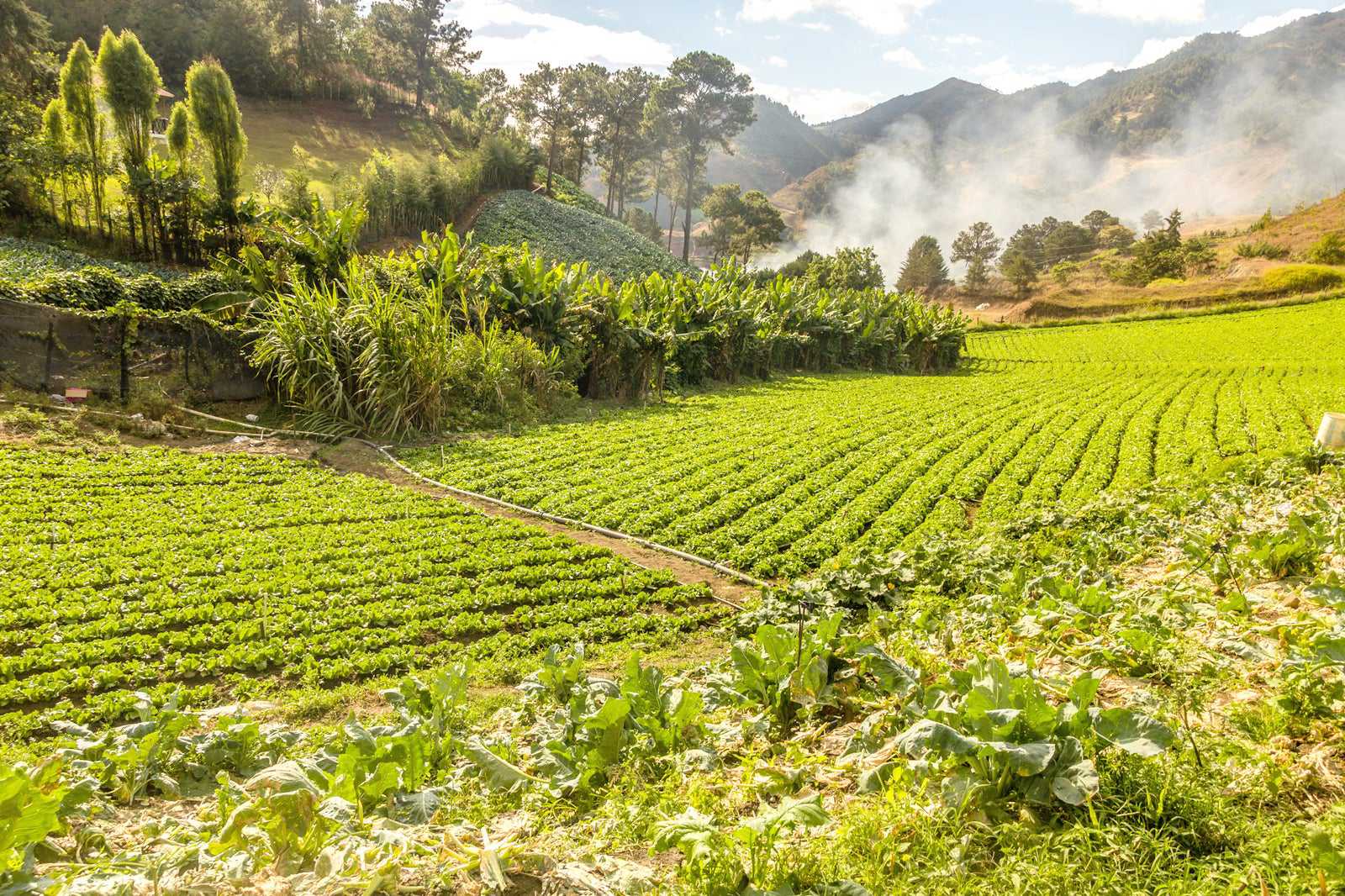
- Aventura
- Fotos
- Viajes diferentes
Constanza is often called the coldest town in the Caribbean due to its high elevation, amid tall mountains in the central highlands of Hispaniola. At over 1,200 metres above sea level, it gets cold enough to be one of the very few places in the tropical region to experience snowfall, especially between January and March.
Travelling through the mountainous Dominican heartland, you'll be amazed how it resembles the Swiss Alps. You can see farms and valleys flowing with fruits and flowers, as well as pine forests and summer chalets. Another of the region’s superlatives to check out is the 92-metre-tall cascades of Salto de Aguas Blancas – the highest waterfall in the Caribbean.
Mapa - 9
Cabarete
Coral reef bays and water sports on the Atlantic coast
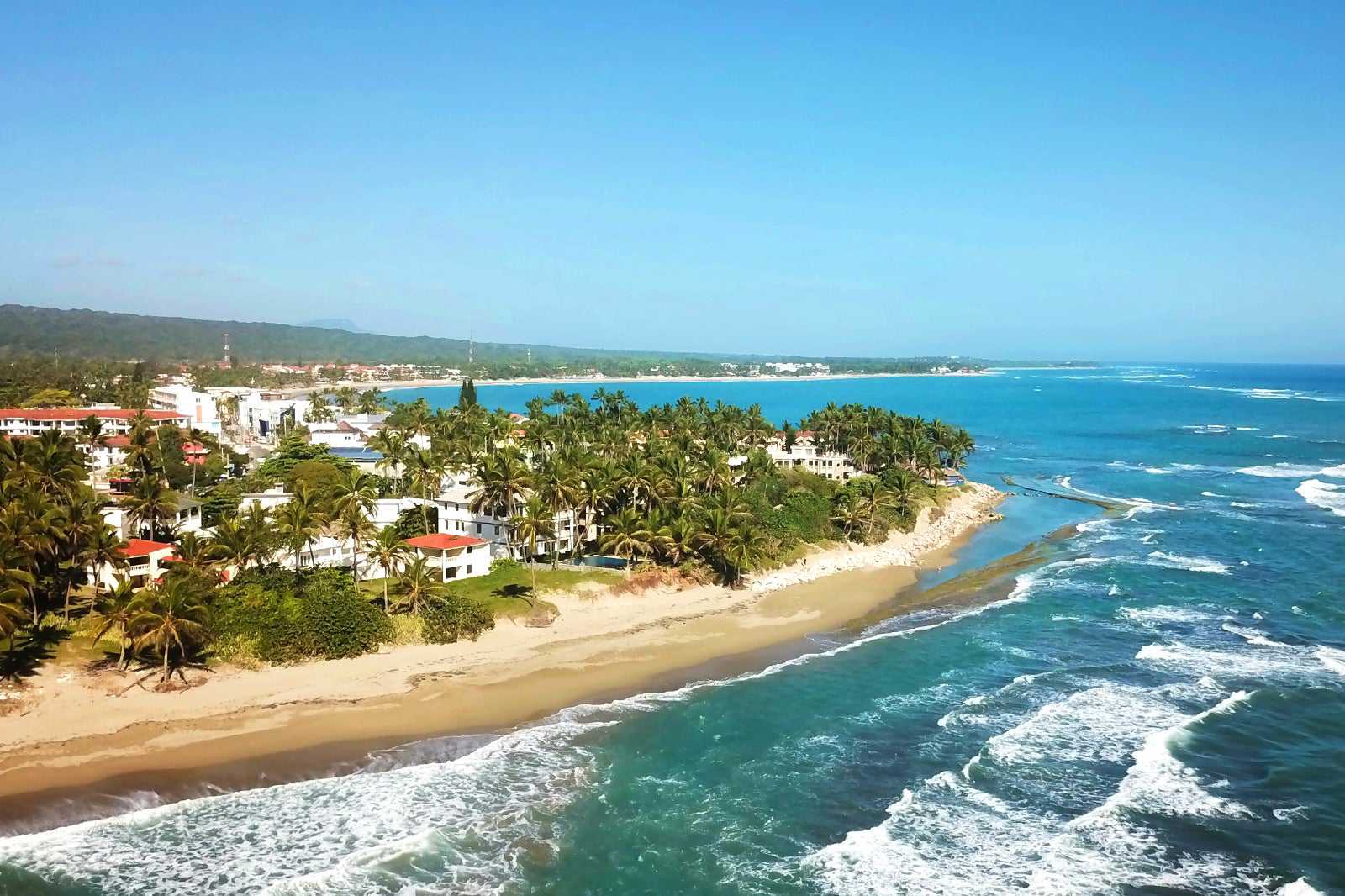
- Aventura
- Economía
- Familias
- Fotos
The coastal town of Cabarete faces the blue waves of the North Atlantic with its series of small, beautiful bays sheltered by coral reefs. Though the North Atlantic is characteristically gusty, the waves just off Cabarete are surprisingly calm. This has made it a playground for water sports like windsurfing and kitesurfing.
Among its most popular beaches are the aptly named Kite Beach and Encuentro, where wave riders can instead carve some good surf after a paddle out. You can also simply take a stroll along Calle Principal, the town’s waterfront street with a great selection of restaurants and bars.
Mapa - 10
La Isabela
The first Spanish town in the Americas
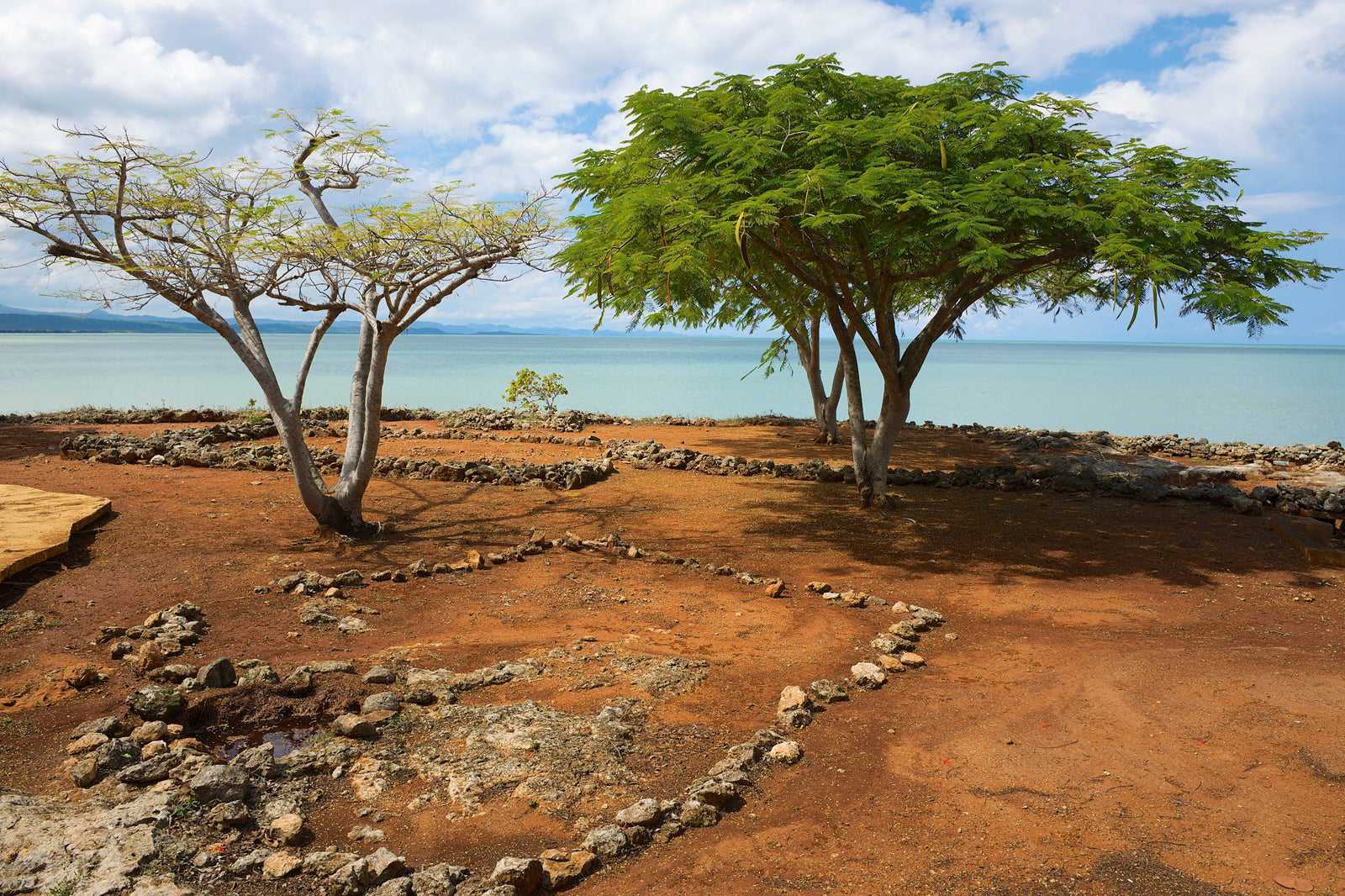
- Economía
- Historia
- Fotos
La Isabela is the remains of a small coastal town on the northern coast of the Dominican Republic. It’s was the first Spanish town to be established in the Americas and was named after the Spanish queen who funded Columbus’ New World expeditions.
Most of the village is in ruins and have become the highlights within the La Isabela Archaeological National Park (Parque Historico La Isabela). The 2-hectare site comprises what used to be houses, a Roman Catholic church, and a big residence for Columbus himself. You can learn more about its history at the onsite museum.
Mapa

